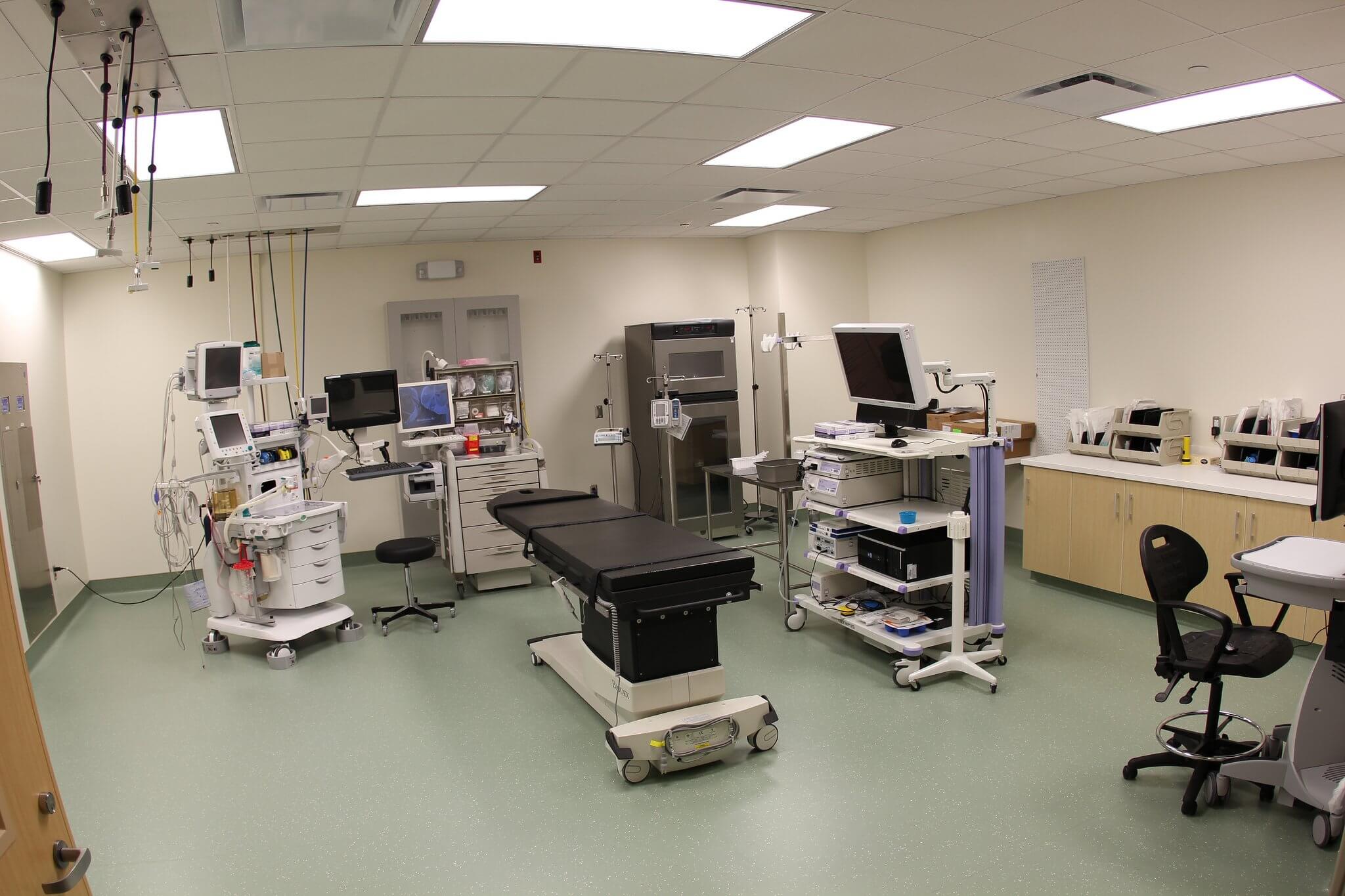
Throughout the third and final presidential debate, Secretary Clinton and Mr. Trump disagreed on nearly every issue, but they did agree on one thing: the Affordable Care Act (ACA) is not affordable. And that is a huge problem.
In the recent Texas Medical Center Nielsen survey, 96 percent of Texans said having health insurance was important, but still about 17 percent remain uninsured, which puts Texas’ number of uninsured as highest in the nation. We found that respondents said cost was the major barrier to having health insurance, and 87 percent of uninsured who visited the health marketplace exchange could not afford insurance. For example, an individual making $22,000 per year (200 percent of the Federal Poverty Level) could not afford to purchase a plan in the marketplace that required him or her to pay a $6,400 premium before insurance kicks in. That equals about 28 percent of that individual’s income. Estimates of what is considered “affordable health care” vary from two to eight percent of an individual’s income, but surely not 28 percent!
So how do we attack the problem that individuals just don’t have the money to pay for health insurance, i.e. without the help of a large employer footing most of the bill? There really is only one way to solve it: decrease the cost of health care.
Step one should be dramatically decreasing the waste in health care. In the U.S.,one third of our health care dollars are wasted. Shocking, isn’t it? When I first heard this number, I was skeptical that it’s accurate, until I read how Dr. Donald Berwick, a highly respected health economics expert, analyzed the numbers. Of $3 trillion a year in health care expenditures in the U.S., about $910 billion, or 30 percent, is wasted. Of this, we waste $192 billion on overtreatment, i.e. doing procedures and tests that are unnecessary. In West Virginia, for example, a patient is seven times more likely to have a heart procedure than in San Francisco, but the patients in West Virginia are no sicker and do not have better results, implying that many in West Virginia did not need the procedure in the first place and were “overtreated.” There are a number of possible reasons for this overtreatment, but a prominent one is that the doctors doing these procedures are paid per procedure—the so called “fee-for-service” model of health care.
The largest payer in the U.S., the Centers for Medicare and Medicaid Services (CMS), recognizes this fact and has committed to paying physicians at least 50 percent using a value-based payment. This “value-based health care” model—by very definition not fee-for-service—will reimburse for quality of health care instead of quantity of procedures by the end of 2018. The most sensible way to deliver value-based care is to pay physicians a salary. In some of the best health care systems in the U.S.—Mayo Clinic, Cleveland Clinic and Kaiser Permanente—physicians are paid a salary, in most cases with an additional bonus based on quality metrics like patient satisfaction or positive outcomes like reducing readmissions to the hospital.
The future of health care depends on getting all interested parties on board with a transition to value-based care. Some payers worry that when physicians are paid a salary, they will see fewer patients. The solution here is to pay a quality bonus based on standards set by physicians. The other side of the coin is that physicians worry their incomes will fall. On the contrary, salary can be quite high, even the same as what a physician earns now, in the value-based model. To ensure adequate and fair pay for physicians who are just ramping up their practice, we could develop a compensation system for those in their first years of practice to incrementally increase over five years until it reaches the current salary for that type of physician in the region. The savings reaped to the system from a reduction in unnecessary tests, procedures and hospitalizations (overtreatment) far exceeds what it will take to pay physicians higher salaries and quality bonuses.
What needs to happen to make affordable health care a reality?
1. The savings must be monitored and captured, which is no small feat. Paying physicians a salary could cut 10 – 15 percent of the nation’s cost of health care, and that savings of $300 million a year could be passed on to individuals in the form of reduced premiums, making the ACA more affordable.
2. The commercial payers such as Blue Cross Blue Shield, as well as Medicare and Medicaid, over the next five years should require that health plans salary their physicians with added quality bonus. This would cover the vast majority of physicians who practice medicine in the U.S. For independent physicians and small group practices, this method may be more difficult to implement and fee-for-service may continue long into the future, though.
Why does this matter to patients? The number of unnecessary tests, procedures and hospitalizations—each carrying some risk—will markedly decrease. And by focusing on delivering high quality care instead of high volume of care, physicians will have more time to see patients, and the in-and-out, eight-minute visit with your doctor will be a thing of the past.
Originally published on Huffington Post
